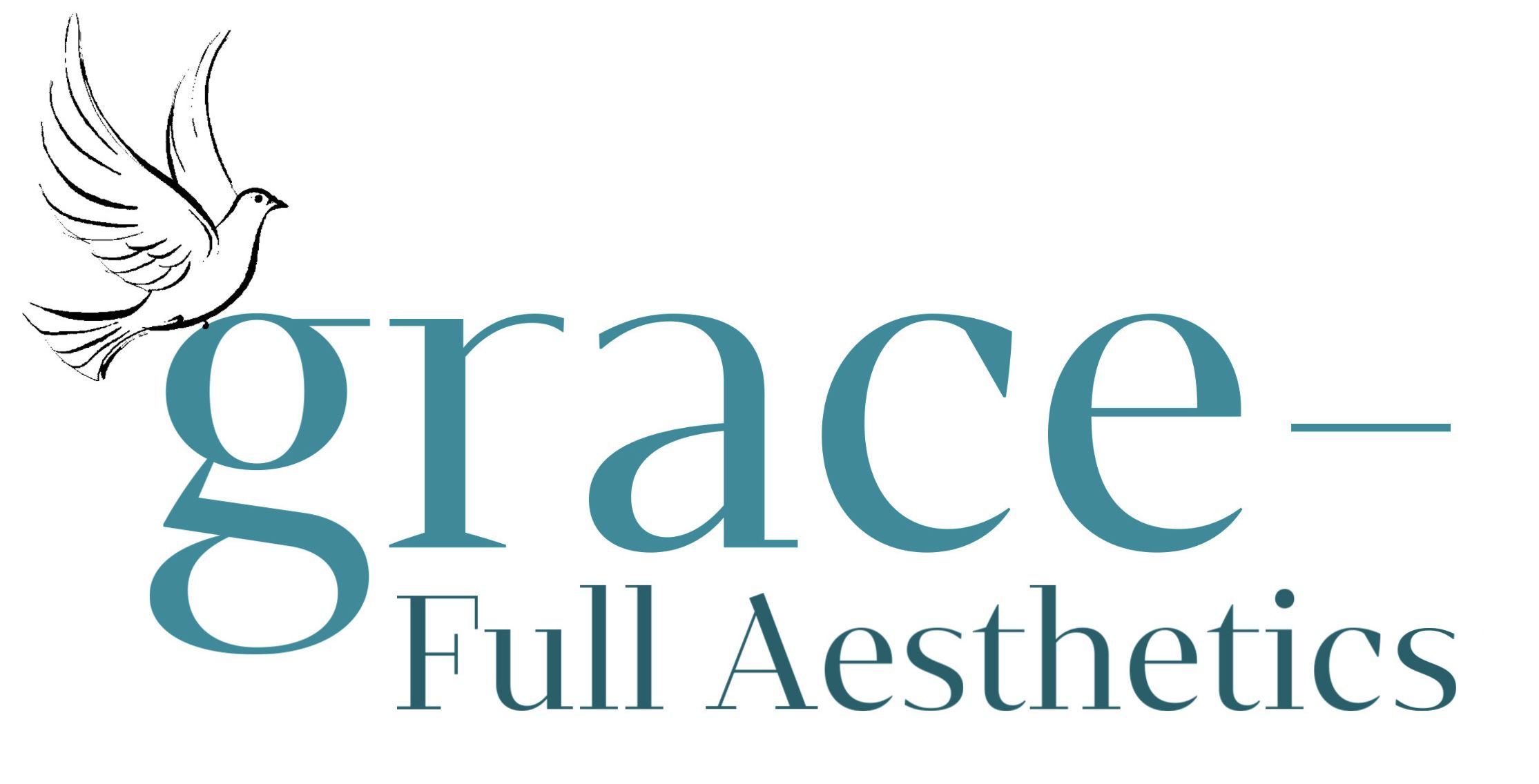Botox/FillersBOTOX
Repeated muscle contractions from frowning, squinting, or raising eyebrows cause skin to furrow and fold, gradually resulting in the formation of facial lines. Botox injections allow muscles to relax so that wrinkles are far less visible. Used mostly on the forehead, between the eyebrows, in the “crow’s feet” area, Botox can have a dramatic impact on the signs of aging. In cases when there are deep wrinkles, an aesthetician will often use Botox to relax muscles and inject fillers 7-10 days later.
What does Botox treat?
-Cervical dystonia. In this painful condition, your neck muscles contract involuntarily causing your head to twist or turn into an uncomfortable position.
-Lazy eye. The most common cause of lazy eye is an imbalance in the muscles responsible for positioning the eye.
–Muscle contractures. Some neurological conditions, such as cerebral palsy, can cause your limbs to pull in toward your center. In some cases, these contracted muscles can be relaxed with Botox injections.
–Hyperhidrosis. In this condition, excessive sweating occurs even when the temperature isn’t hot and you’re not exerting yourself.
–Chronic migraine. If you experience migraines more than 15 days a month, Botox injections may help reduce headache frequency.
–Bladder dysfunction. Botox injections can also help reduce urinary incontinence caused by an overactive bladder.
–Eye twitching. Botox injections may help relieve contracture or twitching of muscles around the eye.
How to prepare:
Tell your doctor if you’ve had any type of Botox injection within the past four months. Also tell your doctor if you take muscle relaxants, sleeping aids or allergy medications. If you take blood thinners, you may need to stop taking them several days before your injection to reduce your risk of bleeding or bruising.
Before the procedure
Most people don’t feel much discomfort during the procedure. But you may want your skin numbed beforehand, especially if your palms or soles are being treated for excessive sweating. Your doctor might use one or more of various methods available to numb the area, such as topical anesthesia, ice and vibration anesthesia, which uses massage to reduce discomfort.
During the procedure
Botox injections are usually performed in a doctor’s office. Your doctor uses a thin needle to inject tiny amounts of botulinum toxin into your skin or muscles. The number of injections needed depends on many factors, including the extent of the area being treated.
After the procedure
Do not rub or massage the treated areas for 24 hours. This may help prevent the toxin from spreading to a different area. You can return to your normal activities right after the procedure.
Results
Botox injections usually begin working one to three days after treatment. Depending on the problem being treated, the effect may last three months or longer. To maintain the effect, you’ll need regular follow-up injections.
FILLERS
Fillers are used to fill wrinkle, create contouring, and improve the signs of facial fat loss by creating structure, framework and volume for the fact and lips.

PDO Threads
PDO Threads are a type of non-invasive and non-surgical cosmetic treatment that uses dissolvable sutures to rejuvenate the lift sagging skin. Lifting threads helps reverse the visible signs of aging on the fact and neck. Most lifting threads last 18 months or longer
PDO threads can divided into three categories:
PDO mono threads. Smooth sutures that help rejuvenate your skin by stimulating collagen production.
PDO cog threads. These threads have barbs that latch into your skin like small fishhooks, to provide support and lift parts of your face.
PDO screw threads. Made up of one or two intertwined threads, these are used to help restore volume to sunken parts of your skin.
A thread lift can treat most parts of your face that are experiencing signs of aging. The areas around your cheeks, jaw, neck, and eyes are among the most commonly treated areas.
Because the results of thread lifts aren’t as drastic as the results of facelift surgeries, thread lifts are commonly used together with other anti-aging procedures such as ultherapy or dermal fillers.

